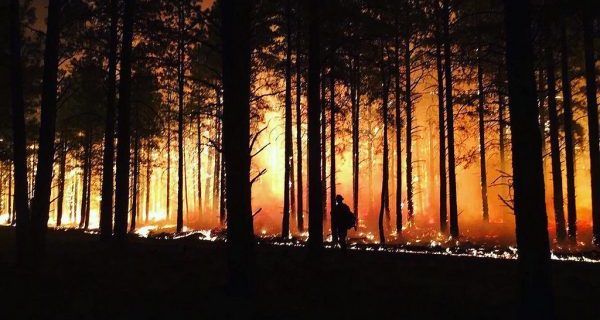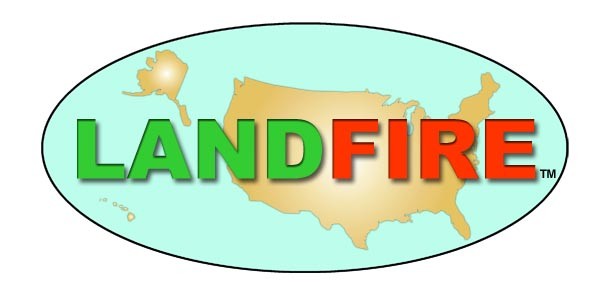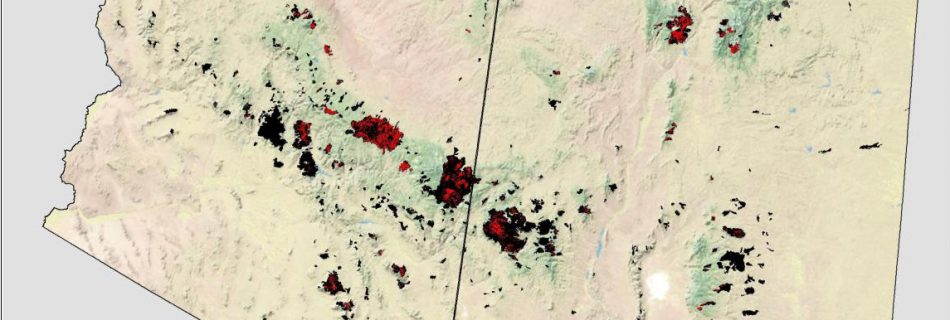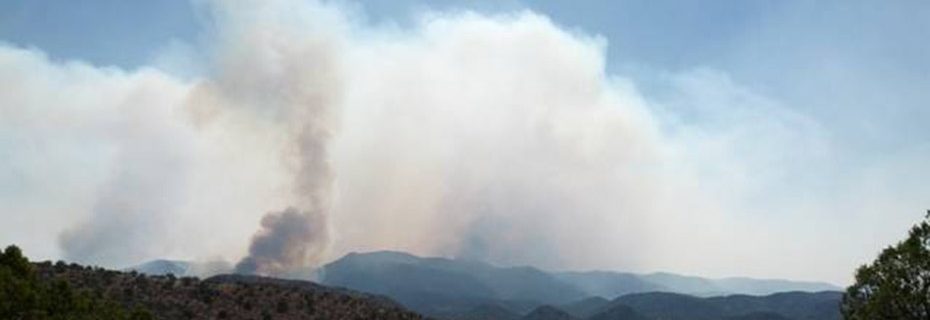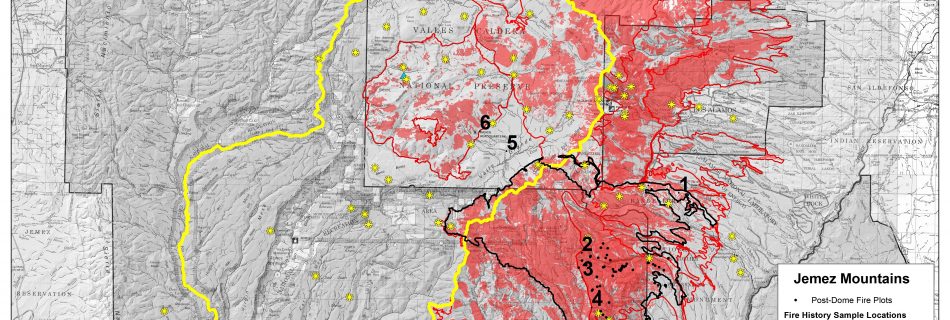April 26, 2018: Southwest Fire Season 2017 Overview and 2018 Outlook
Date: Thursday April 26, 2018 12pm MDT (11am AZ) Presenters: Zander Evans, Forest Stewards Guild and Rich Naden, Fire Weather Meteorologist, Southwest Coordination Center The purpose of this webinar was to review 2017 fires and look ahead toward conditions for 2018. Dr. Zander Evans presented an overview of the largest fires in the Southwest during 2017. He …
Read more “April 26, 2018: Southwest Fire Season 2017 Overview and 2018 Outlook”

